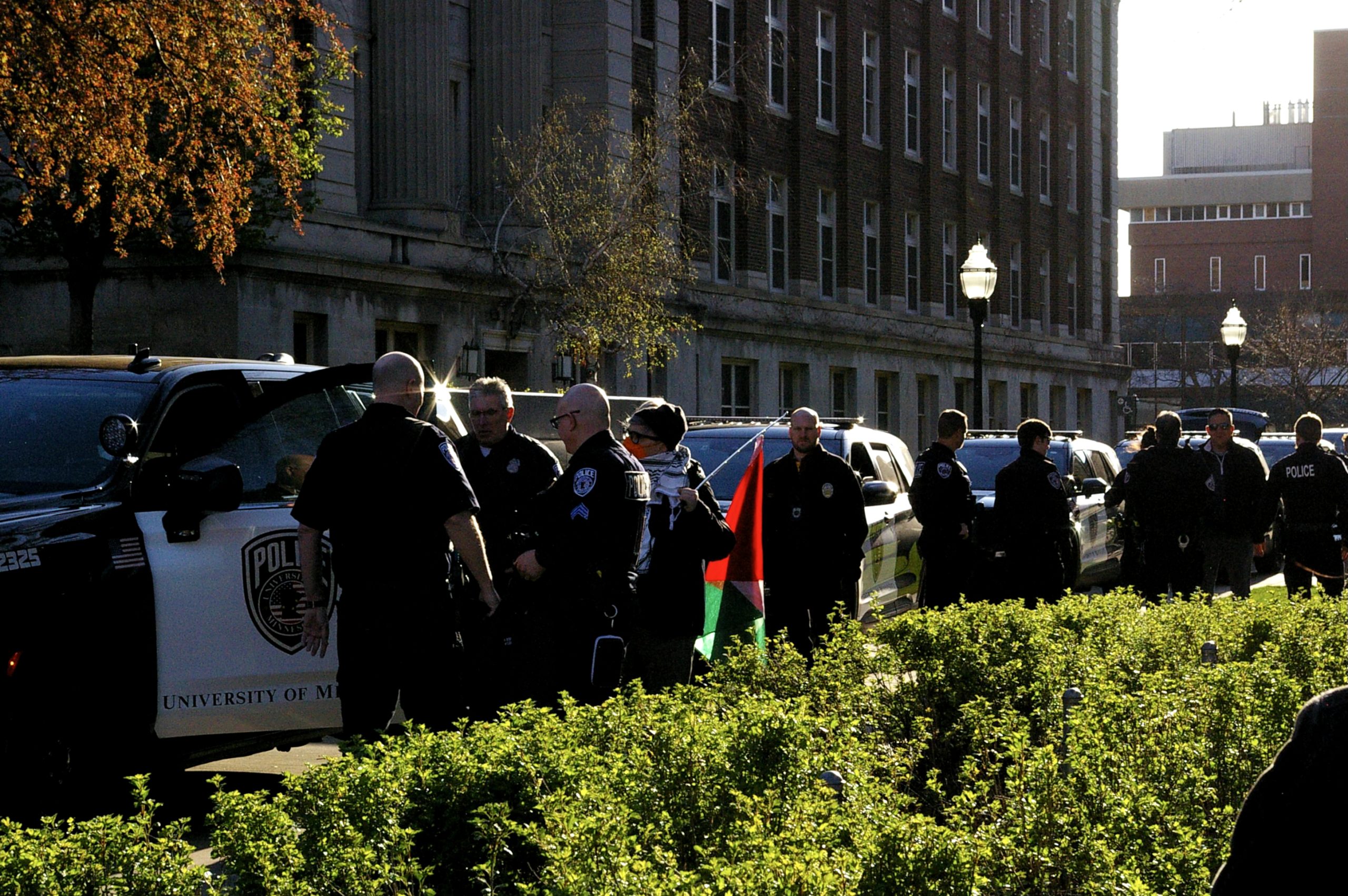An online data network could help University of Minnesota researchers share their results with collaborating scientists at the school.
The National Science Foundation granted $500,000 last month to the University to build a data-sharing network for researchers to upload and send data to labs across campus. Officials aim to have the program — called the Gopher Science Network — up and running by spring.
Currently, researchers use a campus-wide network with limited bandwidth to send data to colleagues, slowing the sharing process, University Chief Technology Officer Patton Fast said.
He said the new program would allow researchers to collaborate more efficiently.
“[The Gopher Science Network] is an internal network that links various areas of the University to other parts of the University,” Fast said.
Technology at the University’s Polar Geospatial Center allows scientists to collect high-resolution satellite imagery, but because the center’s researchers use CDs to pass data back and forth, they’re limited to the constraints of the disk, Director Paul Morin said.
“It’s the fundamental infrastructure that we need to operate,” he said. “[The network speed] is the difference between taking a train and taking a fighter jet across the country.”
Computer science and engineering professor Zhi-Li Zhang runs the OpenCDN Project, a system that makes any private Internet server publicly accessible. He said he plans to upload data he’s gathered from the project onto the Gopher Science Network.
“The Gopher Science Network will be able to enable big data assignments,” Zhang said.
Still, he said making his system accessible through a Web address is the next step, as opposed to the current method of using an offline network.
Fast said he hopes the network’s ability to share data with more speed will lead to more grants for University
researchers.
“They can reference the fact that we have this NSF network on campus which they will be able to leverage,” Fast said.
He said he hopes an increase in grant availability and data will lead to more University research, too.
“Fast is good. More isn’t always good, but in this place, it’s necessary,” Morin said.










